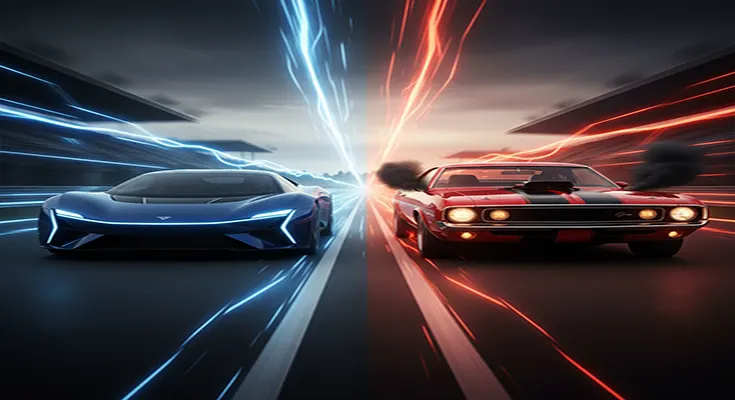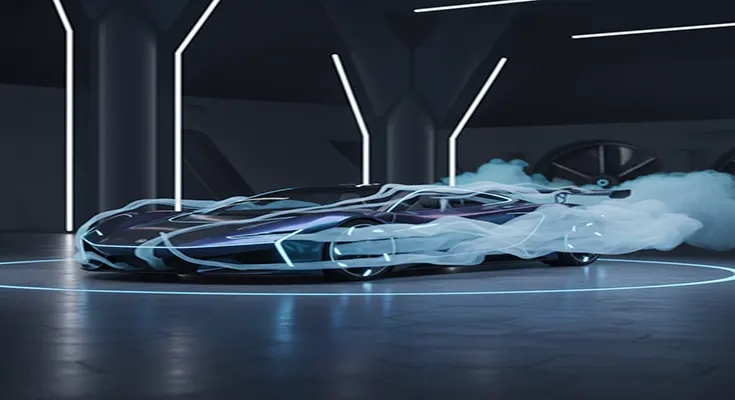
Silent Speed vs. Roaring Power: How Sports Electric Vehicles Compare to Traditional Gas Cars
The world of high-performance driving is undergoing a revolution. The classic roar of a naturally aspirated V8 is now competing with the near-silent, brutal acceleration of an electric motor. The question is no longer “Can electric vehicles (EVs) be sports cars?” but rather, “How do they change the definition of a sports car?”
Comparing high-performance EVs, like the Porsche Taycan or Lucid Air Sapphire, to iconic gasoline-powered counterparts, such as a Porsche 911 or a Ferrari, reveals fundamental differences in performance delivery, handling, and ownership experience.
The Acceleration Showdown: Torque is King
The most dramatic difference between a sports EV and a traditional gas car is evident in the 0-to-60 mph sprint.
| Feature | Sports Electric Vehicle (EV) | Traditional Gas Car (ICE) |
| Torque Delivery | Instant – Maximum torque available from 0 RPM. | Delayed – Requires the engine to build up RPM (typically 3,000–5,000 RPM) to reach peak torque. |
| Transmission | Single-speed (or |


